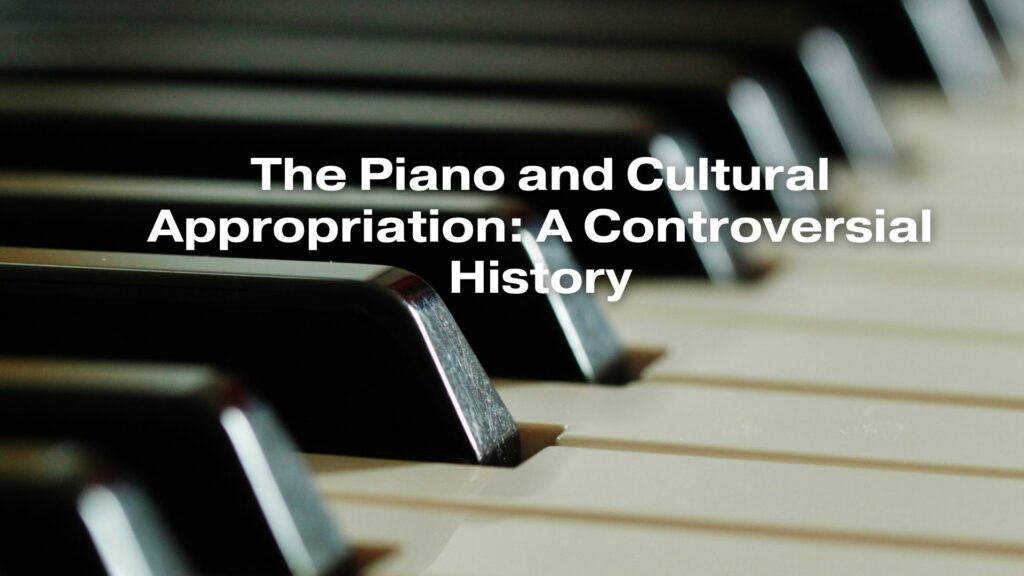The piano, a versatile and influential instrument in the world of music, has a complex history intertwined with issues of cultural appropriation. While the piano’s invention and development involved contributions from various cultures, its journey also raises questions about cultural exchange, appropriation, and the ethics of musical innovation. In this article, we’ll explore the controversial history of the piano and cultural appropriation.
1. The Piano’s Origins:
- The piano’s development can be traced back to the harpsichord, which had European and Middle Eastern roots, and the hammered dulcimer, which had origins in China and Persia.
2. Bartolomeo Cristofori:
- Bartolomeo Cristofori, an Italian instrument maker, is credited with inventing the early precursor of the piano in the late 17th century. His work was influenced by various musical traditions.
3. Cultural Exchange:
- The piano’s evolution involved the exchange of ideas and musical concepts across cultures, contributing to its diverse characteristics.
4. European Adoption:
- The piano was embraced in Europe and became an integral part of Western classical music, leading to the dominance of European traditions.
5. Exploitation of Cultural Ideas:
- Some aspects of piano design were influenced by instruments from other cultures, potentially raising questions about the appropriation of ideas without proper credit.
6. Ethical Considerations:
- The appropriation of musical ideas without acknowledgment and respect for their origins can be seen as unethical and problematic.
7. Fusion of Styles:
- Over time, the piano has absorbed elements from various musical traditions, resulting in new and diverse styles of music.
8. Contemporary Conversations:
- Today, discussions about cultural appropriation in music highlight the importance of acknowledging and respecting the cultural origins of musical elements.
9. Recognition and Collaboration:
- Musicians and composers are increasingly recognizing the need to collaborate and give credit to the sources of inspiration, leading to more ethical musical practices.
10. A Platform for Diverse Voices: – The piano remains a versatile instrument that can be used to amplify the voices of musicians from various cultural backgrounds.
11. Fostering Cross-Cultural Understanding: – The piano, as a bridge between cultures, can be a tool for fostering cross-cultural understanding and appreciation.
12. Learning and Education: – Music education now emphasizes the importance of understanding the cultural contexts of musical traditions, promoting greater cultural sensitivity.
In conclusion, the history of the piano is marked by a complex interplay of cultural exchange, appropriation, and innovation. While the piano’s development was influenced by various musical traditions, it’s essential to recognize and respect the cultural origins of these influences. Contemporary discussions surrounding cultural appropriation in music highlight the importance of ethical and respectful practices in the world of piano and music. The piano can serve as a platform for acknowledging diverse musical traditions and fostering cross-cultural understanding, promoting a more inclusive and equitable musical landscape.


